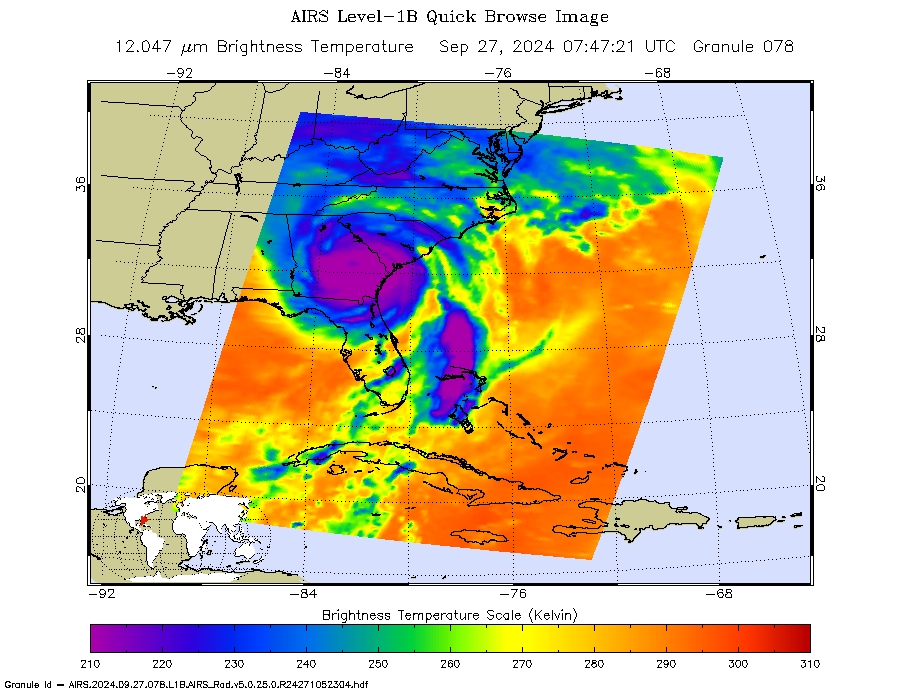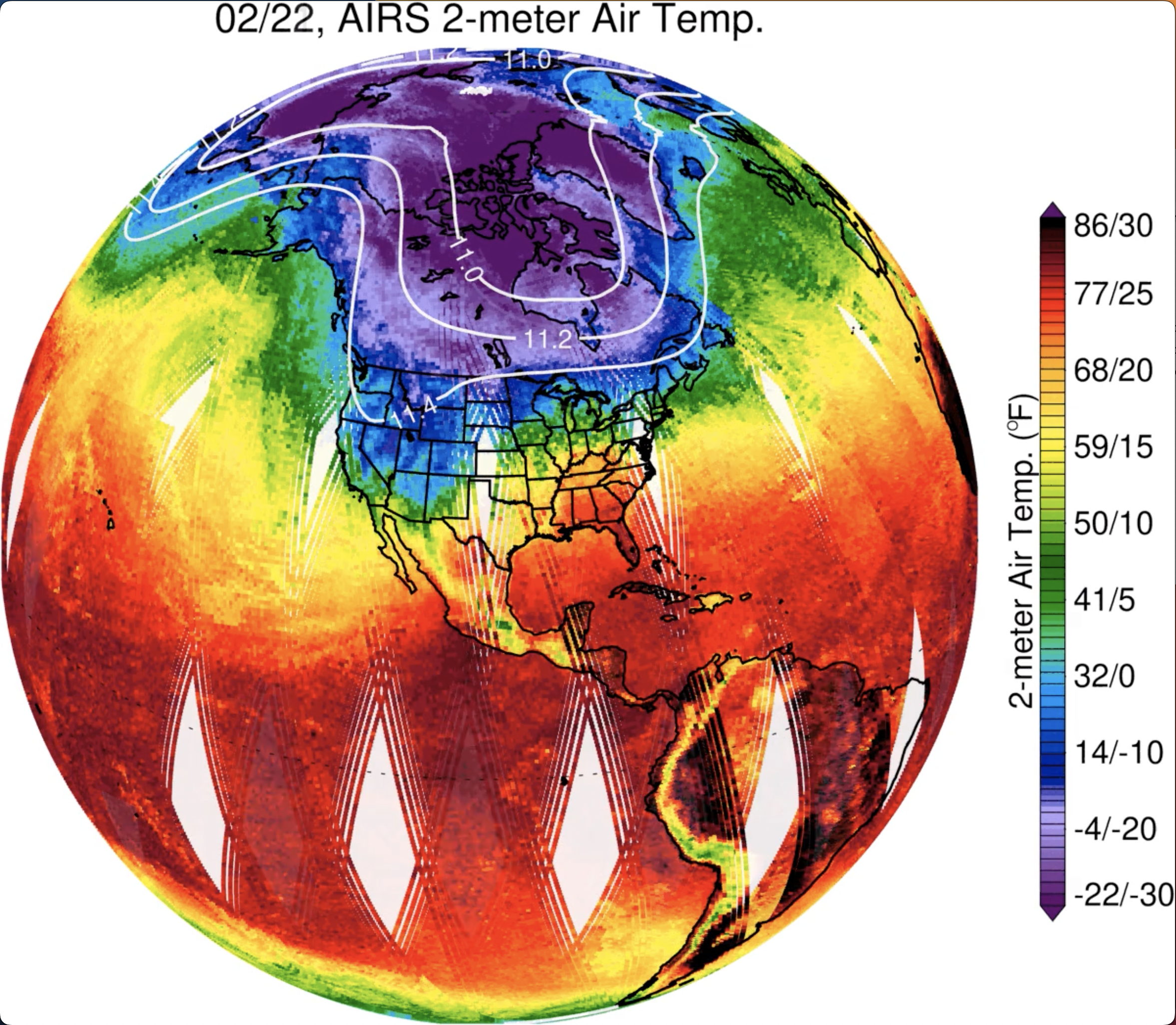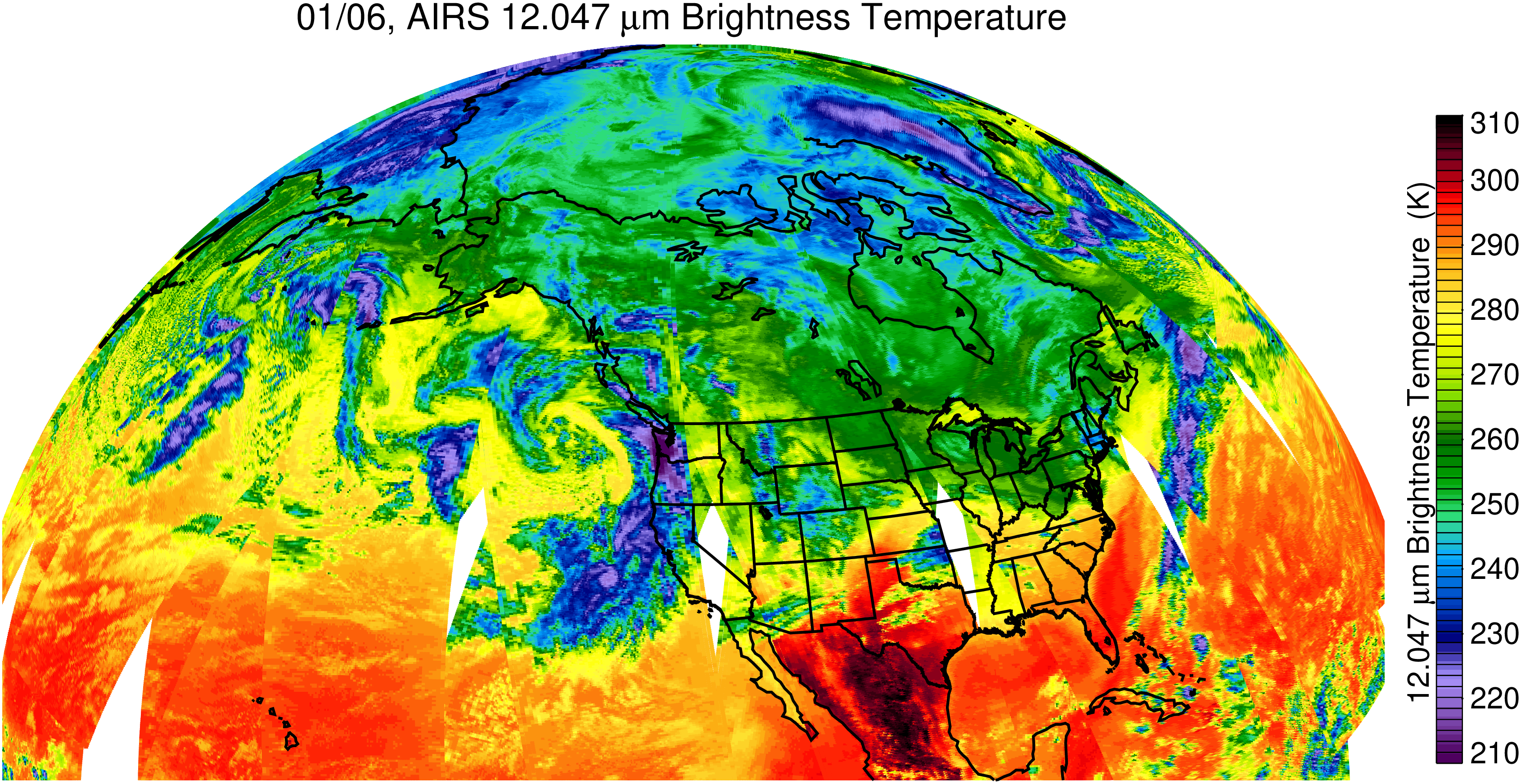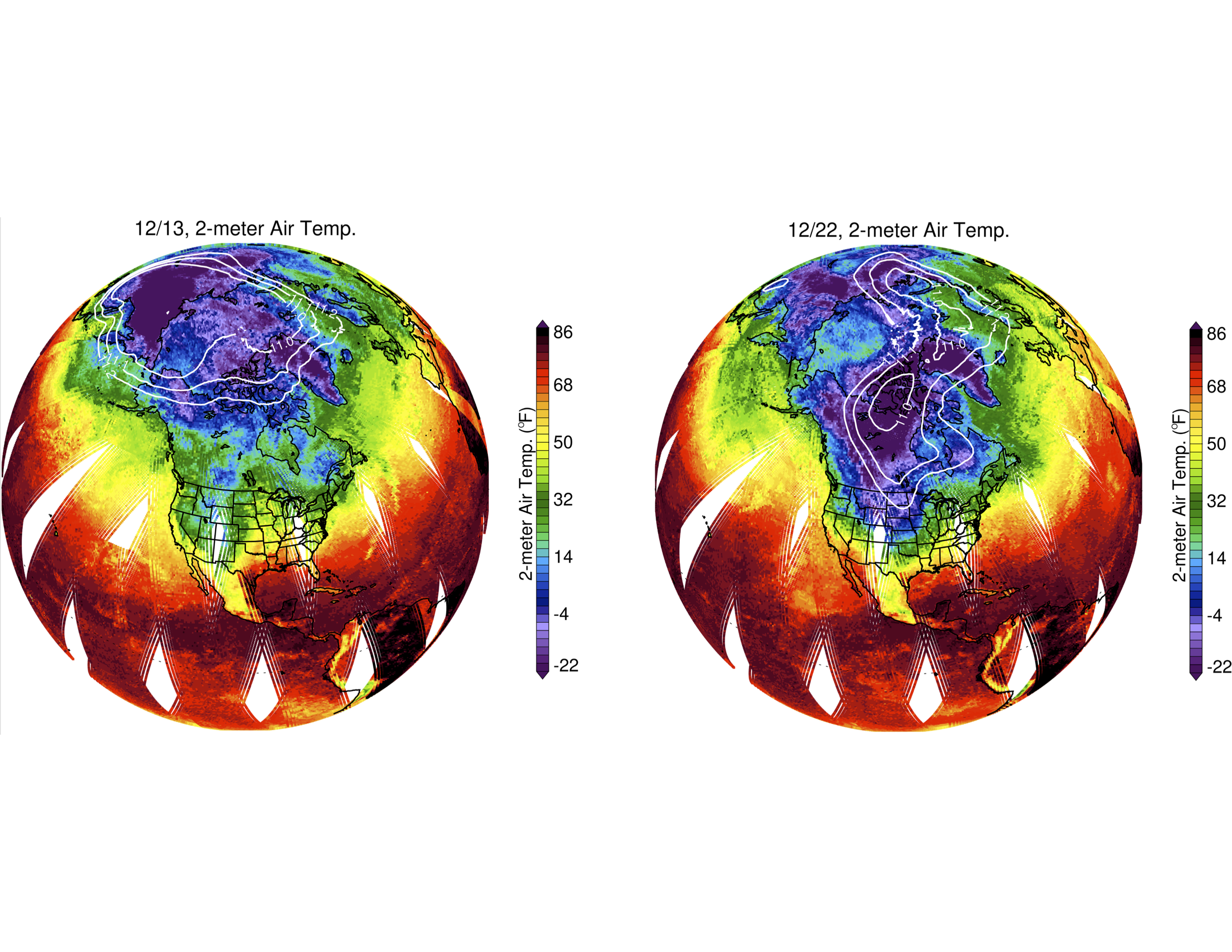News | October 20, 2011
Your paper, three questions: The Apparent Water Vapor Sinks and Heat Sources Associated with the Intraseasonal Oscillation of the Indian Summer Monsoon

Sun Wong. Credit: Sharon Ray
Reanalysis or field campaign data have been used to estimate atmospheric water vapor removal and heating rates in the past. Can satellite data be used to provide this information?
This research provides a means to evaluate, at least qualitatively, the water vapor removal and atmospheric heating rates in climate model simulations.
What is your paper about?
Water vapor is removed from the atmosphere through condensation to form rain. In addition, the latent heat released during this process will both heat the atmosphere and drive circulation. Many previous studies used reanalysis or field campaign data to estimate water vapor removal rates and atmospheric heating rates. This paper explores the possibility of using remotely sounded specific humidity and temperature data from the Atmospheric Infrared Sounder (AIRS) together with MERRA reanalysis wind fields to estimate water vapor removal rates and heating rates. Moreover, we sought to determine if the estimated water vapor removal and atmospheric heating rates could give us a window into understanding one important process in the climate system: the Indian Summer Monsoon.
Precipitation from the Indian Monsoon fluctuates at a time scale of 30-90 days. The rainfall maxima, or "monsoon peaks" may cause floods over India. Moreover, the heat released in this process modifies the atmospheric circulation as a feedback mechanism. This process has long been studied and provides an ideal test bed to evaluate the estimated water vapor removal and atmospheric heating rates. The estimated water vapor removal rates are compared with independent rain rate datasets, and the estimated heating rates are compared with independent heating rate datasets.
What did your research reveal?
The water vapor removal rates estimated from the AIRS specific humidity and MERRA wind fields can reproduce the northward propagation of heavy rain area from the tropical Indian Ocean to the Indian continent. The evolution of the 3-dimensional atmospheric heating structure associated with the removal of water vapor is also revealed. The AIRS water vapor and temperature data are then used to reveal the destabilization of the atmosphere north of the area of heavy rain, causing the rain area to shift northward from the ocean to the continent. This process is consistent with the previously suggested mechanism of moisture-convection feedback.
What part of your research do you consider to be the most significant?
Using remotely sounded specific humidity and temperature to estimate water vapor removal and atmospheric heating rates provides a means to address the closure issue of the atmospheric water and energy cycles by satellite remote-sensing data. The 3-dimensional reservoirs (i.e., water vapor and heat) are linked and compared to the independently measured 2-dimensional fluxes (e.g., rain rates). Moreover, this research provides a means to evaluate, at least qualitatively, the water vapor removal and atmospheric heating rates in climate model simulations.
Abstract: "The Apparent Water Vapor Sinks and Heat Sources Associated with the Intraseasonal Oscillation of the Indian Summer Monsoon"
The possibility of using remote sensing retrievals to estimate apparent water vapor sinks and heat sources is explored. The apparent water vapor sinks and heat sources are estimated from a combination of remote sensing, specific humidity, and temperature from the Atmospheric Infrared Sounder/Advanced Microwave Sounding Unit (AIRS) and wind fields from the National Aeronautics and Space Administration (NASA)'s Goddard Space Flight Center (GSFC)'s Modern Era Retrospective-Analysis for Research and Applications (MERRA). The intraseasonal oscillation (ISO) of the Indian summer monsoon is used as a test bed to evaluate the apparent water vapor sink and heat source. The ISO-related northward movement of the column-integrated apparent water vapor sink matches that of precipitation observed by the Tropical Rainfall Measuring Mission (TRMM) minus the MERRA surface evaporation, although the amplitude of the variation is underestimated by 50%. The diagnosed water vapor and heat budgets associated with convective events during various phases of the ISO agree with the moisture-convection feedback mechanism. The apparent heat source moves northward coherently with the apparent water vapor sink associated with the deep convective activity, which is consistent with the northward migration of the precipitation anomaly. The horizontal advection of water vapor and dynamical warming are strong north of the convective area, causing the northward movement of the convection by the destabilization of the atmosphere. The spatial distribution of the apparent heat source anomalies associated with different phases of the ISO is consistent with that of the diabatic heating anomalies from the trained heating (TRAIN Q1) dataset. Further diagnostics of the TRAIN Q1 heating anomalies indicate that the ISO in the apparent heat source is dominated by a variation in latent heating associated with the precipitation.






